Campus
- Downtown Toronto (St. George)
Fields of Study
- Analytical Chemistry
- Environmental Chemistry
Areas of Interest
Understanding the mechanisms and pathways that determine the environmental fate, disposition, and persistence of chemical pollutants is fundamental to formulating solutions to current and future environmental problems. Currently we are investigating the role that sunlight plays in the "natural cleansing" of rivers, lakes, and oceans via the generation of reactive oxidants (e.g. hydroxyl and carbonate radical). Additionally, we are interested in the increased use of fluorine as a structural component in industrial and agrochemicals. Little is known regarding the influence fluorine has on the environmental persistence of these potential pollutants, or more specifically, on the fate of the fluorine itself.
Photo-oxidants. Specifically, we are investigating the dynamics of the generation and consumption of the hydroxyl (*mical pollutants, and elucidating the resulting reaction pathways. Ultimately, one goal is to obtain a more thorough understanding of the role these, and other sunlight derived oxidants, play in limiting the persistence of aquatic pollutants.
Fluorinated Pollutants. Current efforts are focused on developing the use of 19F NMR as a selective analytical technique for obtaining structural and quantitative information about fluorinated organic chemicals. We can investigate environmental degradation pathways and products directly in an NMR tube without the onerous extraction, clean-up, concentration or chromatographic steps involved with traditional techniques. Future work will focus on utilizing these techniques to investigate the influence of fluorine on environmental degradation pathways.


